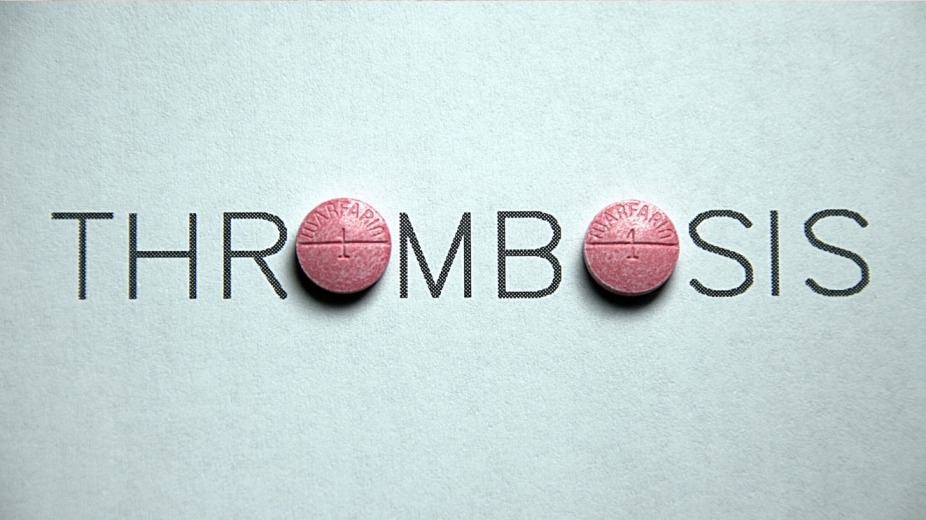Coronary heart disease (CHD) also known as coronary artery disease (CAD), atherosclerotic heart disease, ischemic heart disease (IHD) or coronary arteriosclerotic. It is a condition of narrowing or blockage of the coronary arteries that supply the heart, which is often result from atherosclerosis that lead to a limitation of coronary blood flow to the heart. This means that the heart is not getting enough blood and oxygen.
Coronary atherosclerosis is characterized by buildup of plaques (which is the accumulation of lipid, macrophages and smooth muscle cells) in the coronary arteries.
Atherosclerosis is the most common cause of CAD, atherosclerosis can effect one or all three major coronary arteries and their branches, which begins with an injury to the inner walls of the vessels, that lead to macrophage adhesion and plaque growth the initiating step of atherosclerosis. And this damage may cause by:
The most common symptoms is angina, it is characterized by chest pain or pressure which subsides within a few minutes of rest. The pain may also cause by emotional stress and drug use (e.g. cocaine).
Angina pain symptoms include:
However patients with coronary artery disease may feel the pain in their neck, throat or jaw.
The diagnosis of coronary heart disease is complicated because of the number of other causes of chest discomfort which are also of medical emergencies.
1. Maxine Papadakis, Stephen McPhee, Michael Rabow/ Current Medical Diagnosis and Treatment 2019/ 58th edition/ OH, United States/ McGraw-Hill Education/ 2019
2. Carol Mattson Porth, Glenn Matifn/ Pathophysiology: Concepts of Altered Health States/ 8th edition/ Philadelphia, United States/ Lippincott Williams and Wilkins/ 2009
3. Parveen Kumar, Michael L. Clark/ Kumar and Clark's Clinical Medicine/ 8th edition/ London, United Kingdom/ Elsevier Health Sciences/ 2012
4. Marschall S. Runge et al/ Netter's Cardiology/ 2nd revised edition/ Philadelphia, United States/ Elsevier - Health Sciences Division/ 2010
5. Joseph Loscalzo/ Harrison's Cardiovascular Medicine/ 2nd edition/ New York, United States/ McGraw-Hill Education - Europe/ 2013
6. Richard Usatine, et al/ Color Atlas of Family Medicine/ second edition/ New York, United States/ McGraw-Hill Education / 2013
Thrombosis has two 2 types: Atrial thrombosis: is when the thrombus occurs in the artery, Phlebothrombosis: is when the thrombus occurs in a vein

Pulmonary embolism (PE) is a total or partial occlusion of one or more pulmonary arteries, which often arising from deep vein thrombosis (DVT).

The urethra is a muscular canal that extends from the neck of the bladder to the exterior of body. Read more about the anatomy of urethra in this article.

Chronic kidney disease (CKD) is a disease in which irreversible damage to the kidneys leads to a reduction in kidney function. CKD has 5 stages and many complications.

Learn about medical uses, safety profile, mechanisms and interactions of statins.

Comprehensive guide on Ozempic (semaglutide), including its uses, dosage, side effects, warnings, and interactions.
.png)